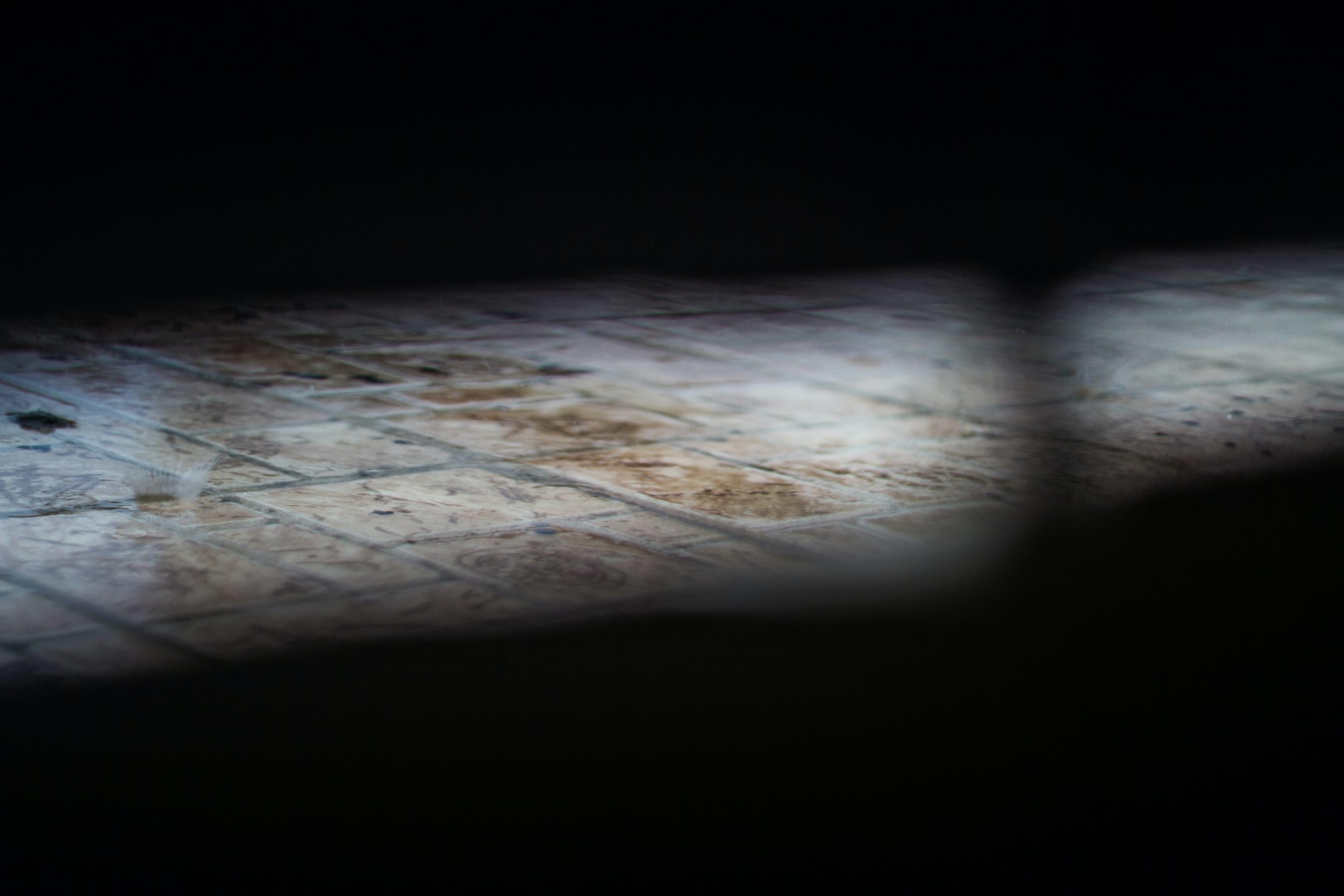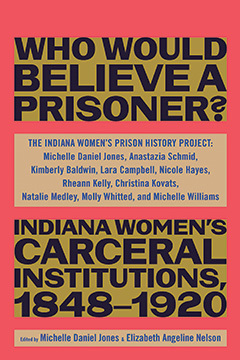Scholarly research rarely depicts incarcerated people as skillful, competent, and worthy human beings. Such work, conducted by non-incarcerated people, conveys the message that incarcerated people are to be viewed exclusively as objects of research and reformist policy. And if there are any consequences of such research, they do not have to be borne by investigators. That burden falls on the captive.
As incarcerated and formerly incarcerated scholars, we advocate for privileging our experiences of incarceration. Incarcerated scholars intimately understand and experience marginalization, secrecy, and subjection. We are also better able to comprehend through our own experiences the systematic subjugation of others. Unearthing human stories, and the structures and formations that created their subjugated experiences, is a vital strength we bring to our work.
Approaching scholarship against the grain of traditional research methodologies and institutions is a bold decision that celebrates our humanity and our right to value ourselves fully. We make the experiences of incarceration useful beyond notions of rehabilitation and reform. We bring our whole selves to the work. Just as it is impossible to cut away one’s race, gender, and class, it is impossible to wall off the influence of our lived experience of incarceration from our research. In our experience, this reality is rich and fruitful.
Patricia Hill Collins utilizes the concept of the “outsider within” to describe the African American woman inside both the white master’s house and the traditionally white academy. She privileges the orientation of the outsider, a stranger who is then possessed of a particular perspective as the “marginal intellectual” who “may reveal aspects of reality obscured by more orthodox approaches” to scholarship. This is also true for incarcerated and formerly incarcerated women scholars. In the Black feminist tradition of self-definition and self-valuation, we privilege our right to be knowers.
We also privilege our history with the criminal legal system, especially the prison, as a lens through which to pursue our research. This allows our research to not be confined to quantitative measures, which alone can limit what it is possible to know about crime and punishment. Qualitative inquiry, as opposed to statistical measurement, focuses on lived experiences and on the complexity of people’s lives. It cares about the ephemeral processes of human endeavors. It is idiosyncratic. Qualitative methods recognize that subjugated knowledge may be delicate and fragmented and that it requires reconstruction using various sources. Qualitative inquiry requires a willingness to wrestle with the pieces and parcels of knowledge to complete a different historical picture of the dominant narratives.
When incarcerated scholars privilege their experiences of incarceration, we question the authority of the dominant scholars who write about the jailers and the jailed. We question through our actions whether those scholars can create an accurate and valid capture of history, knowledge, and experience. By so doing, incarcerated people—and incarcerated scholars, in particular—defy and denounce the stereotypes and labels that superimpose false limitations on our intellectual reach and capacity. Just as, in Collins’s words, Black feminist scholars “create their own standards for evaluating Afro-American womanhood,” we also create our own standards for evaluating the carceral archive of captive women.
Historians have to contend with which sources to use, the accuracy of those sources, and how to credit them. Our book Who Would Believe a Prisoner? focuses on the history of women in Indiana’s carceral institutions from 1848 to 1920. Historically, the voices of women and girls in Indiana’s carceral institutions have frequently gone unrecorded. Our methodology in the book acknowledges the voices of women and girls and seeks to recover and privilege their accounts.
Our methodology—and our project itself—had to adjust to the reality and the everyday consequences of living in prison. The Indiana Department of Correction (DOC) and its staff would not have permitted us to research our current living conditions and experiences in the same fashion that we researched the living conditions of women and girls in the nineteenth and early twentieth centuries. They would have shut us down if we had set out to expose abuse perpetrated by current prison officials.
More from our decarceral brainstorm
Every week, Inquest aims to bring you insights from people thinking through and working for a world without mass incarceration.
Sign up for our newsletter for the latest.
Newsletter
Researching, writing, and publishing about the facility’s nineteenth-century origins, however, proved to be a “safe” project—at least in the eyes of facility authorities and the DOC. Bringing primary source data to the facility and analyzing a supposedly distant past did not seem to pose a threat. To many administrators, it even seemed safe enough for us to present our research at local, state, and national conferences, using the facility’s videoconferencing equipment. Yet by researching incarcerated women of the past, and by reviving their stories, we could slyly critique the current carceral state.
Moreover, by prioritizing the experiences of formerly incarcerated people, our book recognizes and validates the voices of all incarcerated people through time. From the very beginning, our work on this project sought to privilege, elevate, and center our lived experiences with the criminal legal system, and with the prison in particular, and to use our experiences as a lens through which we analyze history. As sociologist C. Wright Mills wrote: “The most admirable thinkers within the scholarly community . . . do not split their work from their lives. They seem to take both too seriously to allow such dissociation, and they want to use each for the enrichment of the other.”
In the process of this work, we developed a new term to describe our unique position as researchers: the embodied observer, one who views the archive from the position of the captive, from the inside of their experience. For example, as embodied observers, each one of us took seriously the allegations of sexual and gendered violence reported by the women and girls incarcerated in the Indiana Reformatory Institution for Women and Girls from the moment it opened. No other scholar captured the investigations of abuse perpetrated by the two prominent Quaker reformers who founded the reformatory. No other scholar recognized that the histories and stories of those imprisoned women and girls are likely factual and need to be told.
We, as incarcerated scholars and thus embodied observers, know the truth of the conditions of confinement, the realities of carceral trauma, and the presence of gendered and sexual violence in our personal prison experiences. All this informs our examination of the voices and the experiences of those women and girls, captives like us. Presenting these narratives alongside the stories of the prison reformers provides a more complex, nuanced, and accurate history.
The concept of an embodied observer captures the difference between the body under literal confinement and that same body subjected to the taint of criminality, a type of confinement post-incarceration. The embodied observer, however, is not limited to the experience of incarceration or the physical prison. This methodology could apply to other carceral spaces, such as asylums, orphanages, hospitals, mother–baby homes, Magdalene Laundries, juvenile homes and schools, and jails. Indeed, as our research expanded, we considered the histories of related Indianapolis institutions, such as private, religiously affiliated homes for “fallen women” and the state facility devoted to the care of the “feeble-minded.”
Others have written histories of the Indiana Women’s Prison and its related carceral institutions, but we have uncovered much that previously has been omitted or unknown. There is great power in incarcerated women writing these histories because we know which questions to ask. We are here to counter the dominant narratives, to expand the canon of knowers and knowledge, and to rewrite history justly.
© 2023 Michelle Daniel Jones. This excerpt originally appeared in Who Would Believe a Prisoner?: Indiana Women’s Carceral Institutions, 1848–1920, published by The New Press. Reprinted here with permission.
Image: Sihang Cheng/Unsplash

